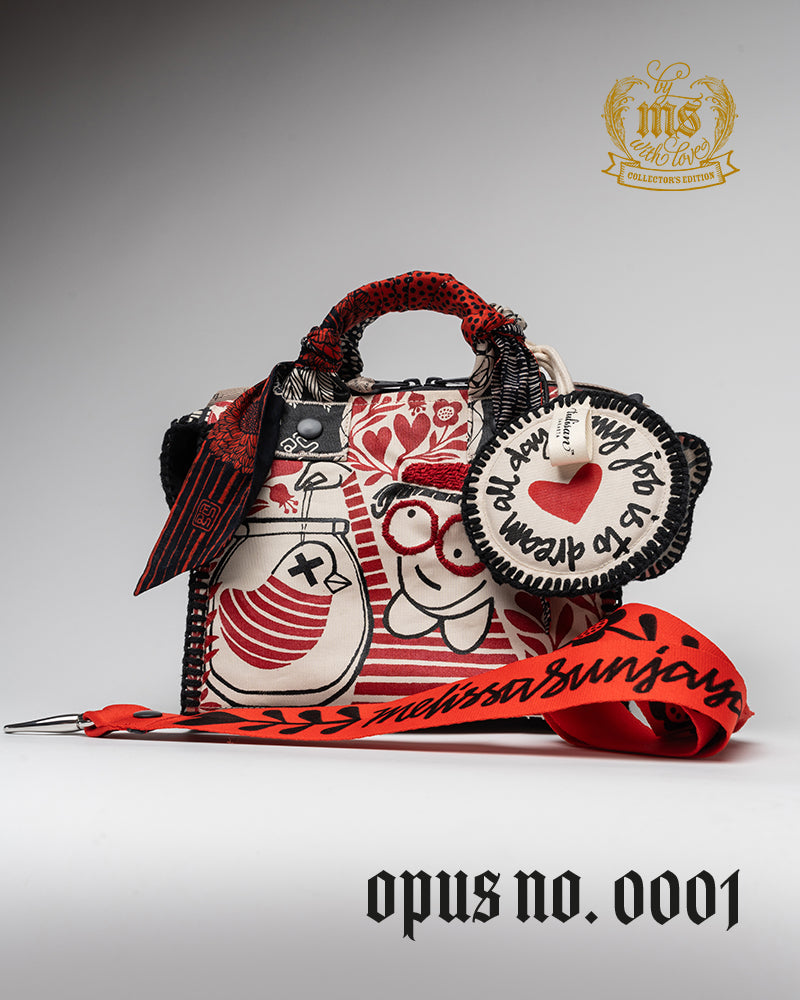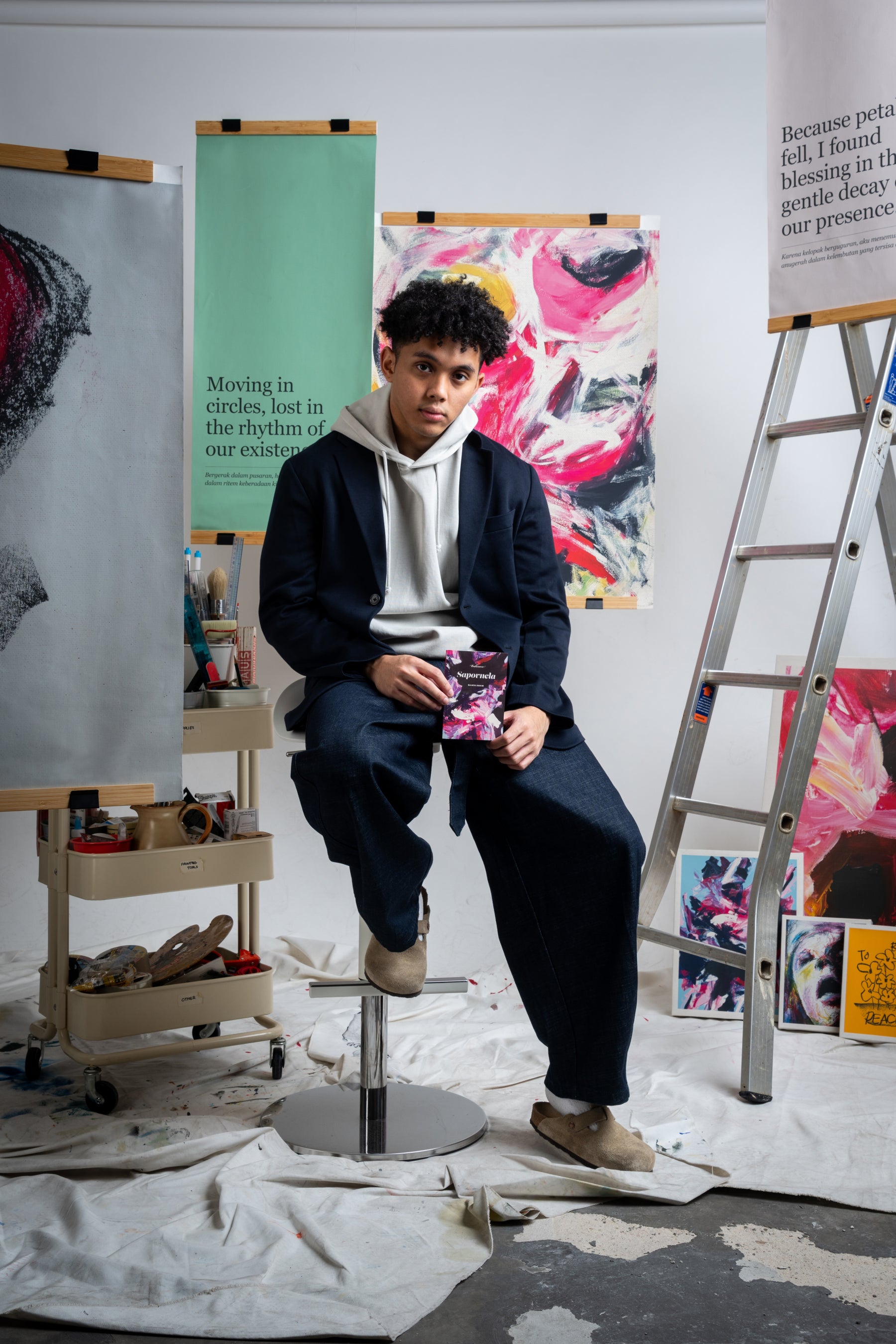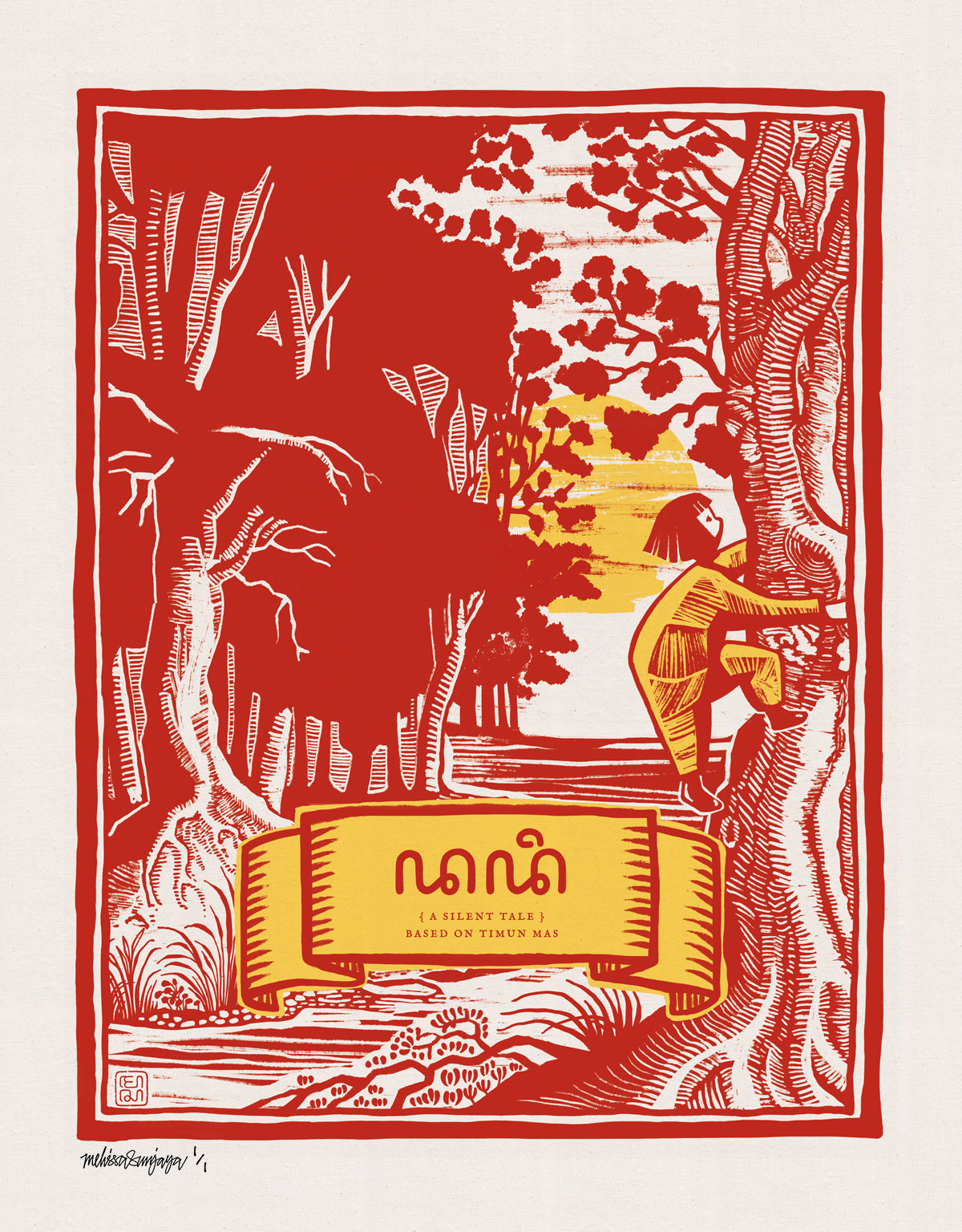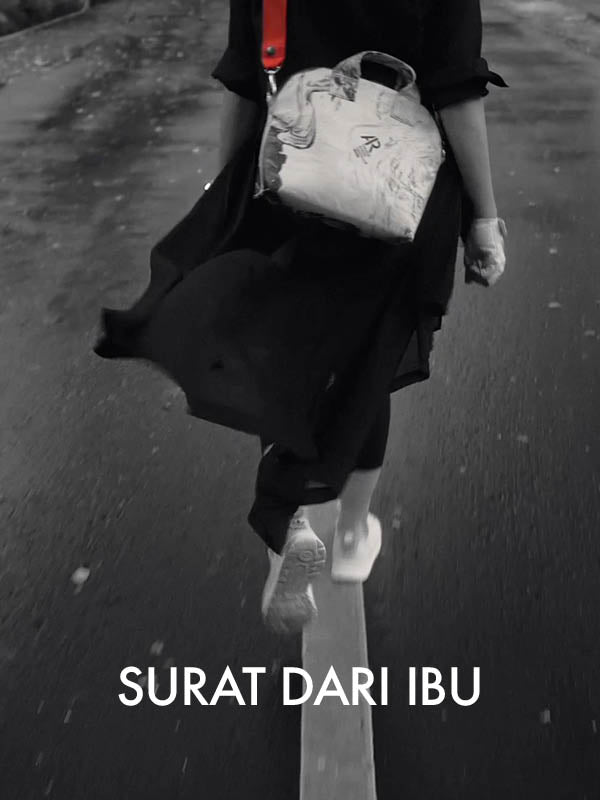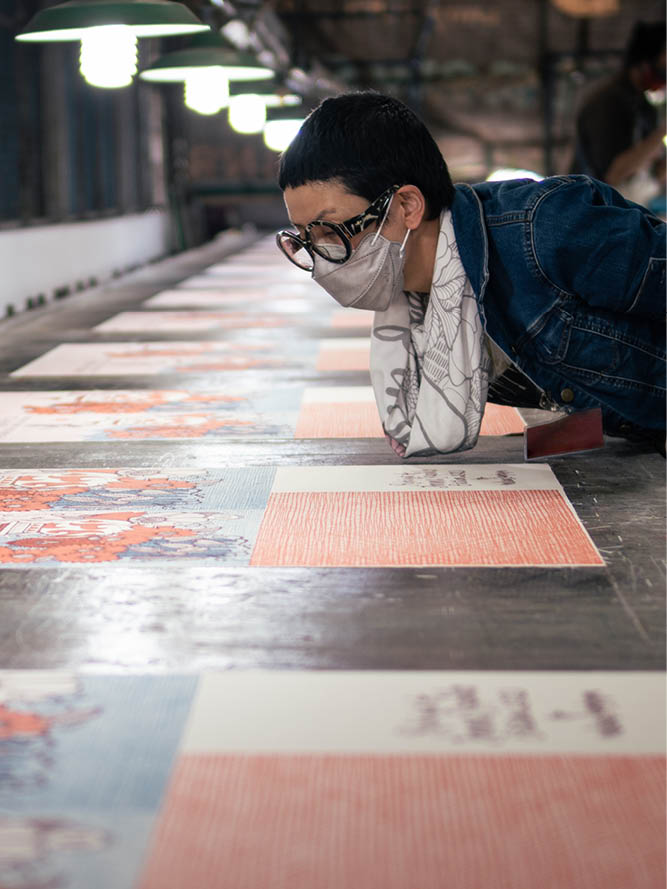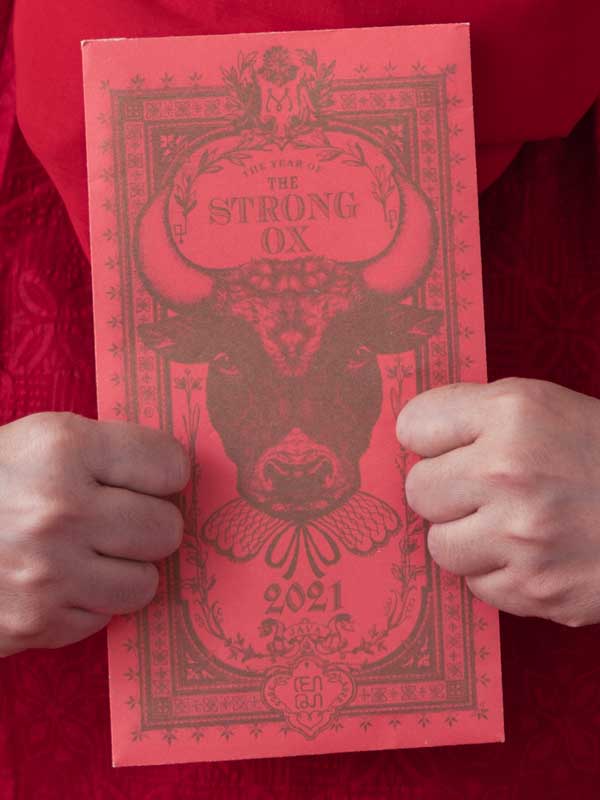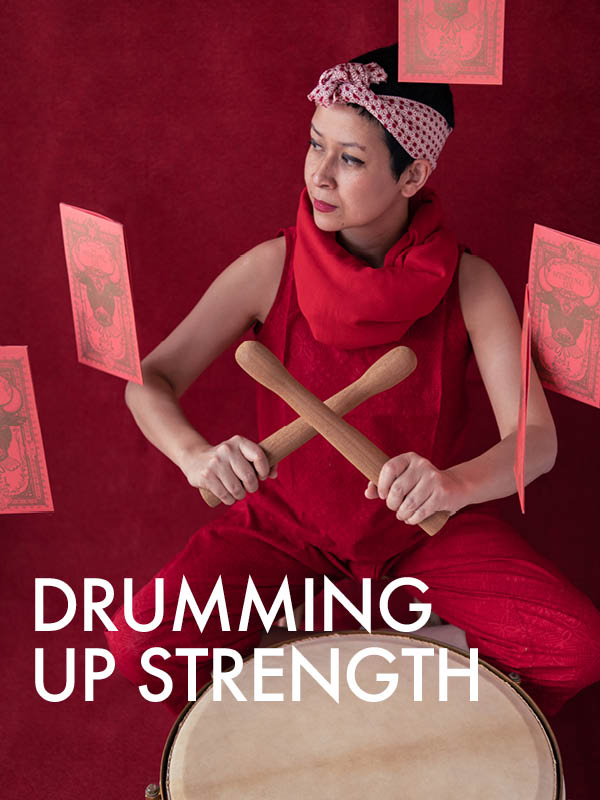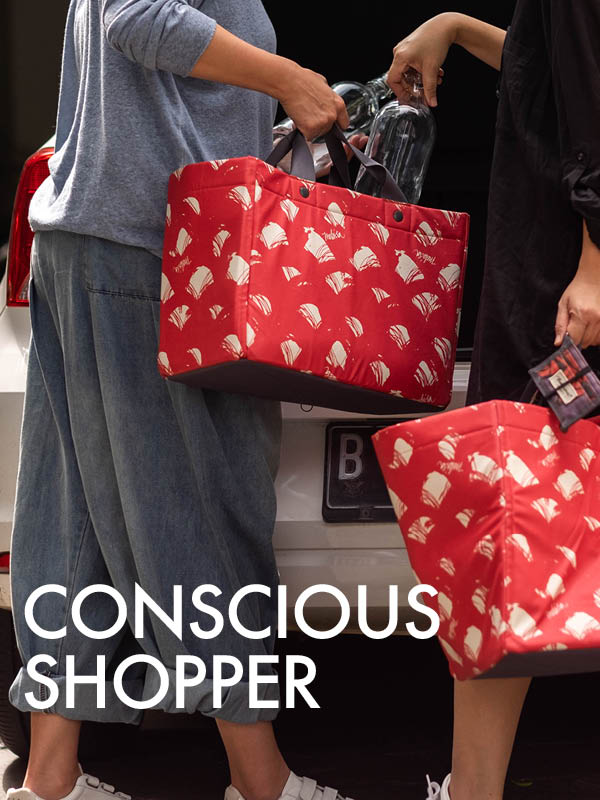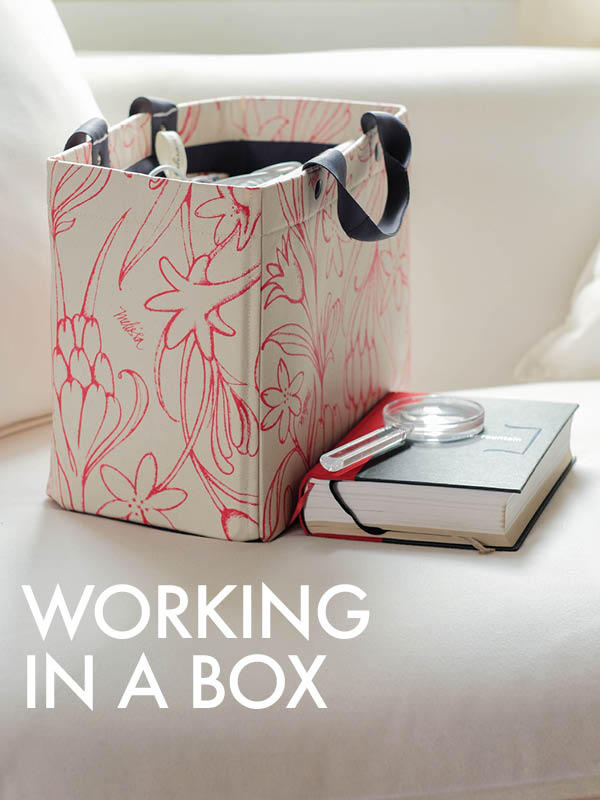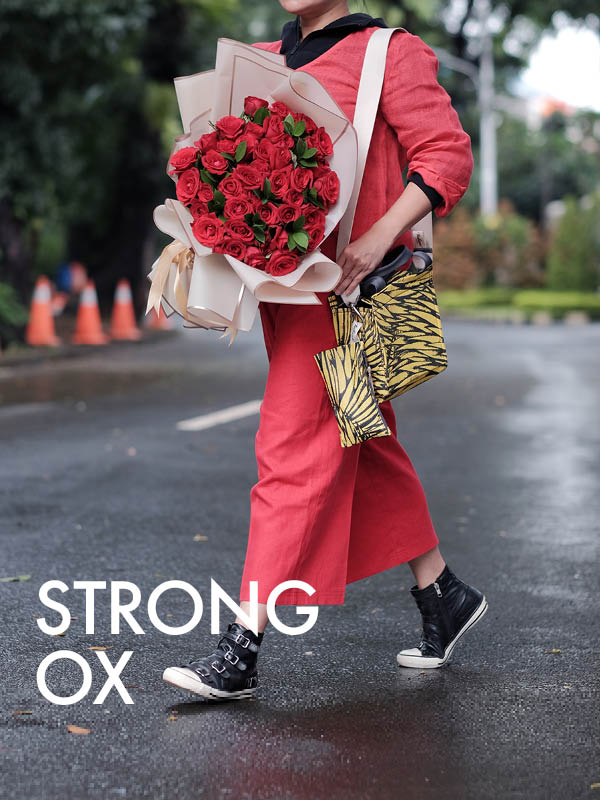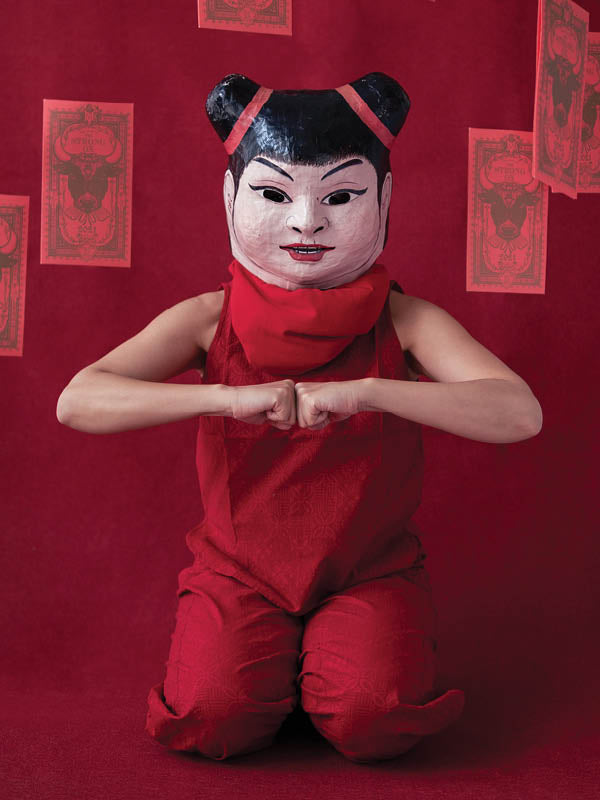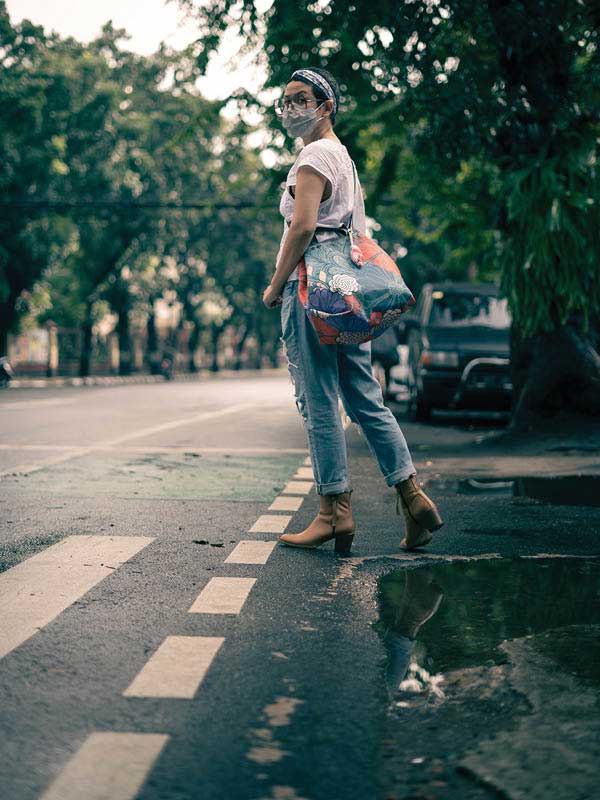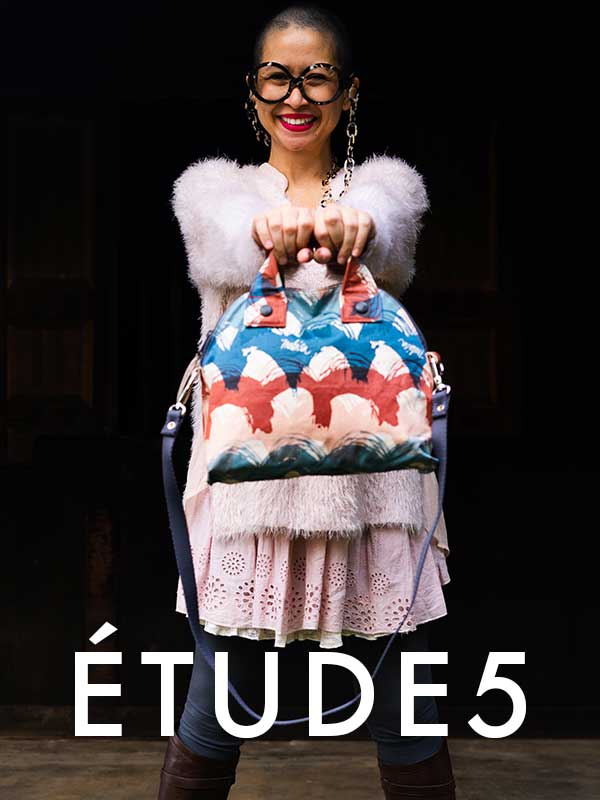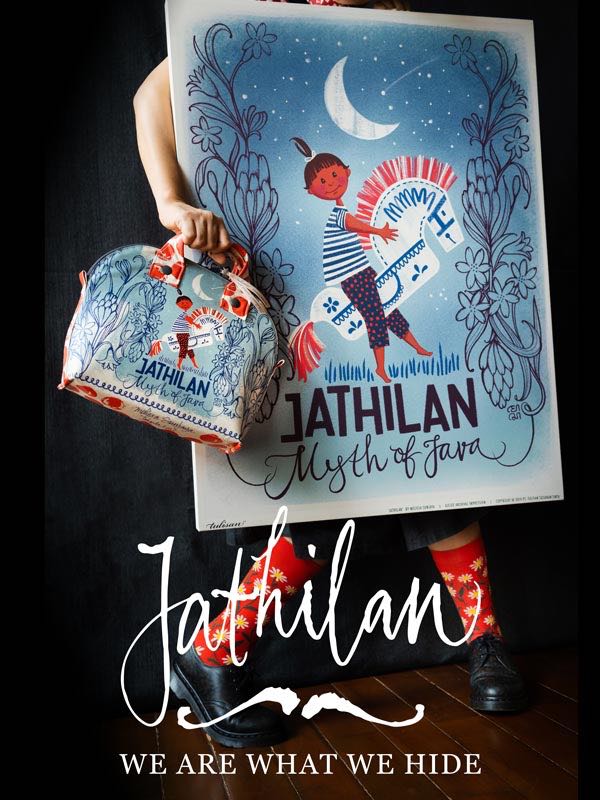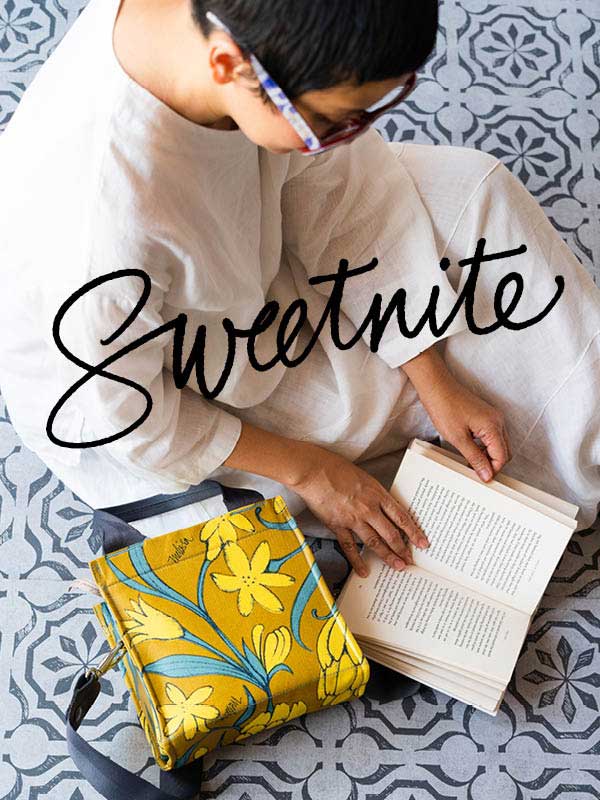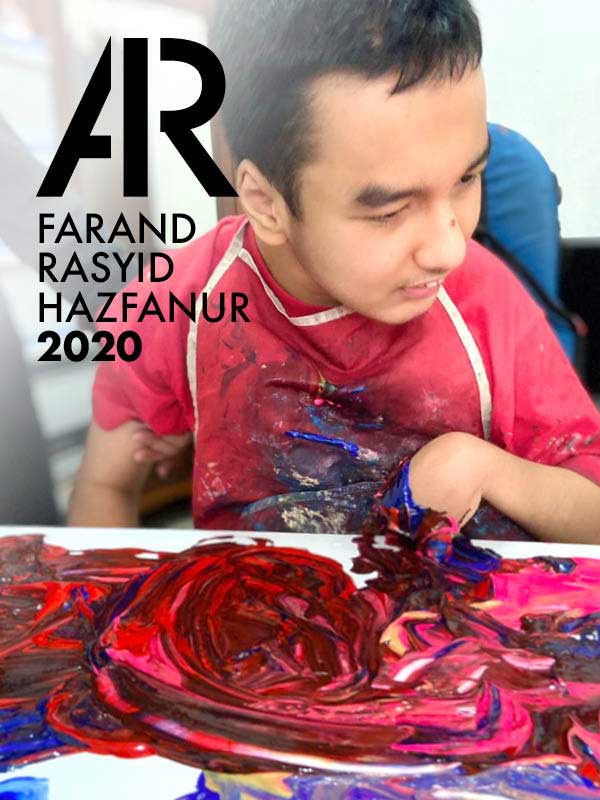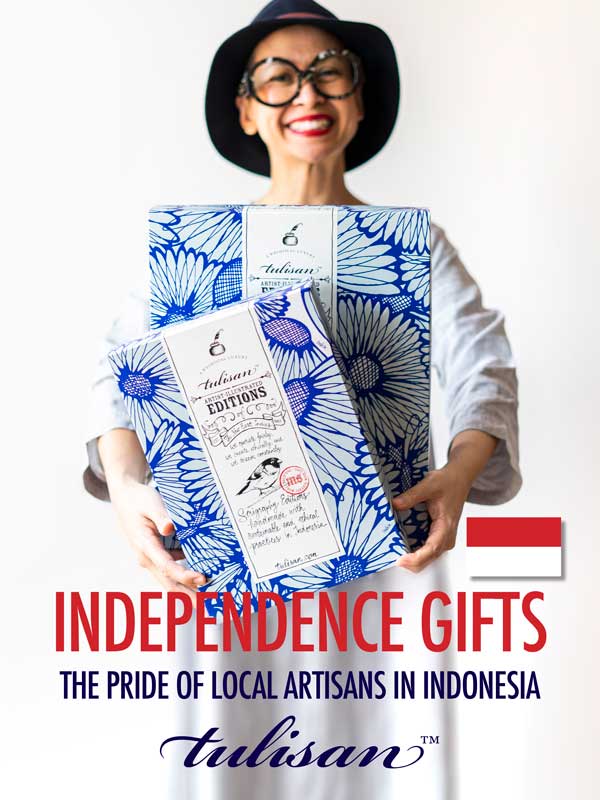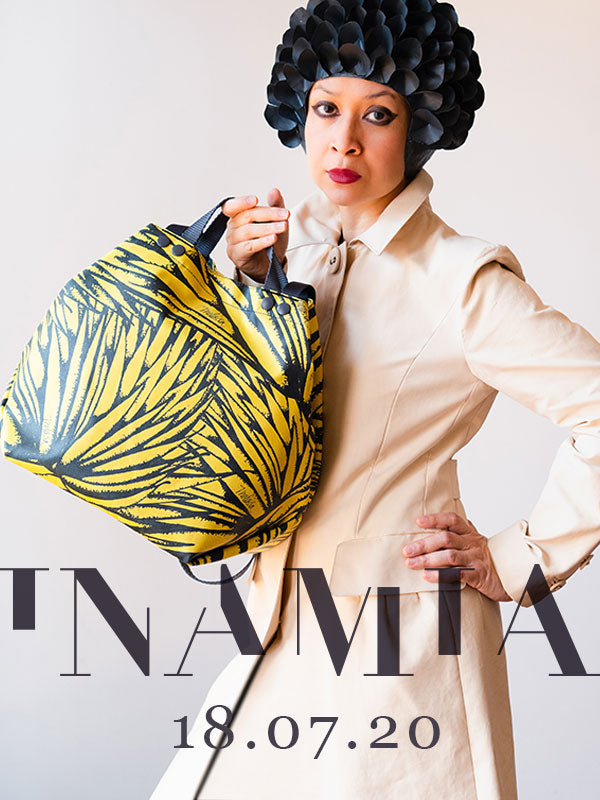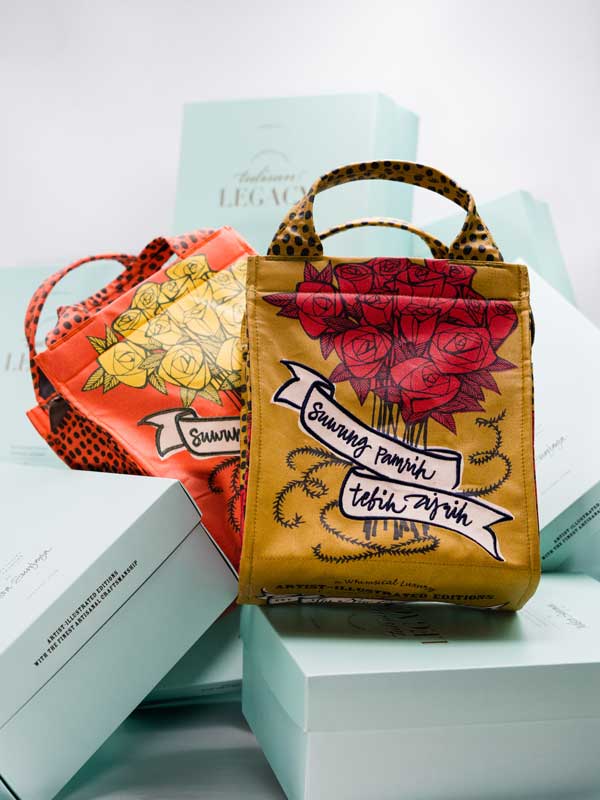A solidly built man, about six feet in height, who looks like a good weighted sailor – broad-chested, ample arms, but slightly thin in the legs. Often dressing casually in a plain gray tee, cropped pants and flip-flops or Spanish espadrilles, as if he is always ready for an adventure under the scorching sun.
He may not be a sailor, but having come from a place where shipyards and sailboats is a cultural norm, he has long been interested in the essential purity of being caressed against the wind and sea.
His tone of voice implies firmness occasionally with an air of affliction arising as he talks about the distant familiarity of the place he is currently discovering as he focuses on a design project with Tulisan. He moves to countries out of curiosity and has spent his greatest attention for structure and the moving images.
Here was a man of many interests and a desire to explore the untouchable grounds of the East.
I spent 20-minutes of my time with Michal Gorzynski.
So you are into Yachts Design?
I come from the Northern part of Poland and we have long traditions of Ship yards there. So my interest grew from there. The studio where I studied Yachts design was the only one in Poland. I had a choice to go for furniture, fashion, visual design, and Yachts, so I went for the latter, even though I am not a sailor myself, I can appreciate the concept and purity of the sailboat and the fact it is propelled by the wind. In fact, I worked in a couple of companies and ended up working on various luxurious boats.
I worked on the exterior of the boats, it is somewhere between product and architecture because of the scale of it, but I needed a break and going back for something which is more functional and mass-produced. I find it more fun to have a number of people enjoying my design rather than focus on a client with specific needs.
I felt like going back to product design, projects where you design for specific clients.
I am amazed at how you can juggle a lot on your plate.
After focusing in product design, I actually went to film school for four years and did animations and movies. Finally did Yachts then moved to Holland, and worked for a really well known design office that worked on shipyards and luxury boats. I then had this idea to move to London, to spend a few months in London, interviewing a few companies, I approached Dominic again, just to ask for references, he was happy to hear from me, but Melissa at the time, was really looking for someone to join the team.
From designing big heavy boats to making attractive bags – why the change?
It happened naturally for me. I could easily move from one media to the next, and I do not see a problem there. With experience you realize these is different industries but the approach is always the same. It requires the same kind of sensitivity.
This mix-medium helps in influencing the design process, I think it is helpful, it gives you a broader view, I get inspired by different fields, whether architecture or interior design.
How different was it working on a project with Tulisan?
Compared to my experience back in working in LA it was a consulting firm. Here, Tulisan is Melissa’s own product, there is much more to consider because you are responsible for all the decisions. We are quite picky to get things right.
As a team, all of us had a western background and working for western companies, so the process was very much the same, and I was already familiar with it.
But from what I heard, when you are looking for new members for the design team it is difficult to find people here who has the same minimalistic approach, you see Jakarta and it is a really busy environment, there are so much stuff and it is really cramped, people are not used to making things simpler. It is difficult to find people with the same mentality.
Melissa has a playful character of wanting to infuse the rich character of the city. What aspects of minimalism are you implying?
The minimalistic approach can be seen in the product design side of the bag. Designing a bag is like origami, when you look at the cutting pattern it is so clean and every surface is used then she doesn’t want to add to many details and she keeps it simple. The patterns stands on its own, but if you see the bag as a canvas.
We now introduce various stylish bags which highlights the shape of the bag, but they are still kind of simple and basic, you don’t have additional details. Keep the product as simple as possible, the patterns gives character it itself, other than that the product is simple and clean.
Designing a product requires a lot of restrain from the designer, when I start a project I like to set the limits, if you are free to do whatever you can you cannot do anything.
When do you know when to stop and be proud of what you have made?
There is actually two sides to that coins, sometimes you overdo things, sometimes you sketch and it is not finished and you are dreaming of it and you start overdoing it. And then, you see the final product and you still want to change. But we are lucky to have the opportunity to change if for the final collection. So we have this batch of eight, we introduce it with a special lining for this and the prints are handmade. Even though, we would always want to change something, the base of the product is already great and we think the clients would be very happy to get it in this form.
You know designers are very picky, quite often sometimes the users do not see the details that you see.
Happy birthday and welcome to the newest member of Asta Design Consultancy Group, Michal!
Text by Athina Ibrahim
Photography by Melissa Sunjaya











